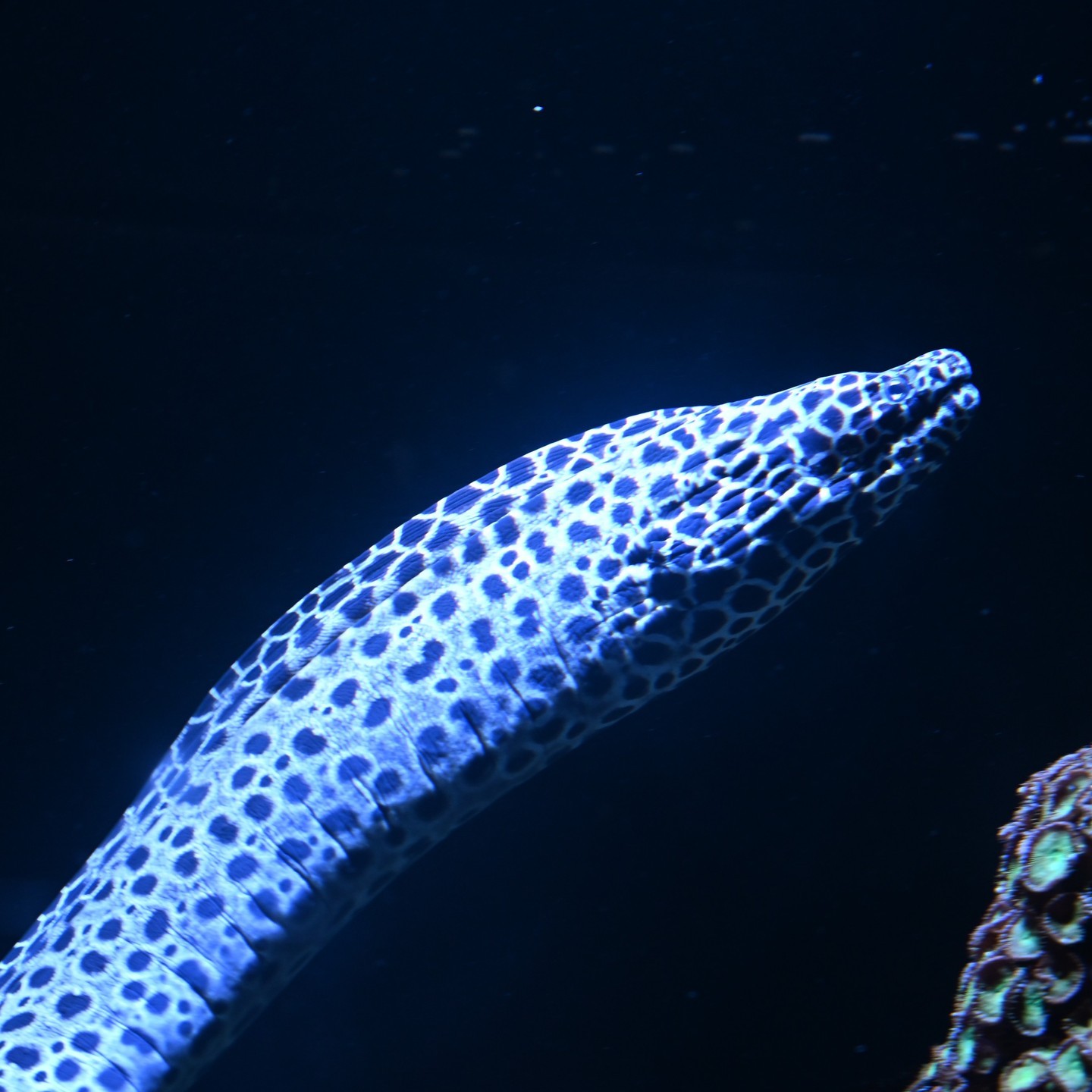- Significance and Origins of Sea Serpent Day
- Dragon Moray Eel as a Modern Sea Serpent
- Zoological Characteristics of Dragon Moray Eels
- The Role of Zoos in Marine Life Conservation
- Conservation Challenges and Efforts for Marine Species
Sea Serpent Day, celebrated annually on August 7, is a captivating occasion that draws attention to the legendary creatures that once dominated ancient maritime lore. Though we have no evidence of mythological sea serpents today, the day gives us an excellent opportunity to spotlight real-life marine creatures that stir the imagination in similar ways. Enter the dragon moray eel, a fascinating animal that mirrors many features of the fabled sea serpents. Educating the public about such creatures can foster interest in marine biology and underscore the importance of wildlife conservation.
The dragon moray eel (Enchelycore pardalis) is a striking and enigmatic species that resides in the warm, rocky reefs of the Indo-Pacific region. With its impressive, sinuous body adorned with a mosaic of vibrant colors and menacing, sharp teeth, the dragon moray eel exhibits a distinct, almost mythical presence. Unlike some of their more docile eel relatives, dragon moray eels are known for their aggressive nature and need for a carefully managed environment, making them both a challenge and a delight for zoologists and aquarium curators.
Zoologically, the dragon moray eel is a fascinating specimen. It belongs to the family Muraenidae, which comprises about 200 species of moray eels. Characterized by its elongated body, the dragon moray eel can grow up to several feet in length. Its coloration is a combination of reddish-brown and yellow spots forming intricate patterns, which can serve as both camouflage and a warning signal to potential predators. One of the eel’s most distinctive features is its set of needle-sharp, interlocking teeth that protrude even when its mouth is closed, an adaptation crucial for catching and holding onto slippery prey like fish and squid.
Feeding mainly on smaller fish and cephalopods, dragon moray eels are apex predators within their ecological niche. They employ a unique hunting strategy called ‘gape and suck,’ where they rapidly open their mouths to create a vacuum, sucking in prey with immense force. This voracious feeding method underscores the eel’s pivotal role in maintaining the balance of the reef ecosystem by controlling prey populations.
Zoos and aquariums play a significant role in marine life conservation. Housing species like the dragon moray eel allows these institutions to educate the public about the wonders of marine life and the ecological importance of maintaining healthy, biodiverse oceans. Modern aquariums employ advanced tank engineering and water quality management to mimic the eels’ natural habitats, providing them with the necessary environmental conditions for thriving. These controlled environments are crucial for breeding programs aimed at sustaining populations that may be under threat in the wild due to overfishing, habitat destruction, and climate change.
Conservation of marine species like the dragon moray eel is not without its challenges. These eels are often captured for the exotic pet trade, which can lead to significant population declines. Moreover, the destruction of coral reefs due to warming sea temperatures, pollution, and human activity further threatens their natural habitats. Overfishing is another critical issue as it reduces prey availability, forcing eels into less optimal feeding strategies and habitats, which can affect their overall health and reproduction rates.
Conservation efforts for marine species require a multifaceted approach. Legislation protecting marine environments and regulating fishing practices is essential. Initiatives like marine protected areas (MPAs), where human activity is restricted or managed to conserve marine biodiversity, represent a critical strategy. Enhanced enforcement and global cooperation are vital to these efforts’ success, given the transboundary nature of marine ecosystems.
Educating the public remains one of the most powerful tools in marine conservation. Awareness campaigns, educational programs in schools, and community engagement activities can drive home the message of the ecological significance of the dragon moray eel and other marine species. By fostering a connection to these creatures, we hope to inspire a new generation of conservationists dedicated to protecting our oceans.
In summary, August 7 is Sea Serpent Day, and even though we don’t have mythological sea monsters to showcase, species like the dragon moray eel reveal the astonishing diversity and mystery still present beneath the sea’s surface. By understanding these modern "sea serpents," we can appreciate the importance of conserving our marine ecosystems and the intricate web of life they support.
*****
Source Description
August 7 is Sea Serpent Day, and while we don’t have any mythological sea creatures to show you, the dragon moray eel is certainly a serpent-like creature you can find beneath the sea!


